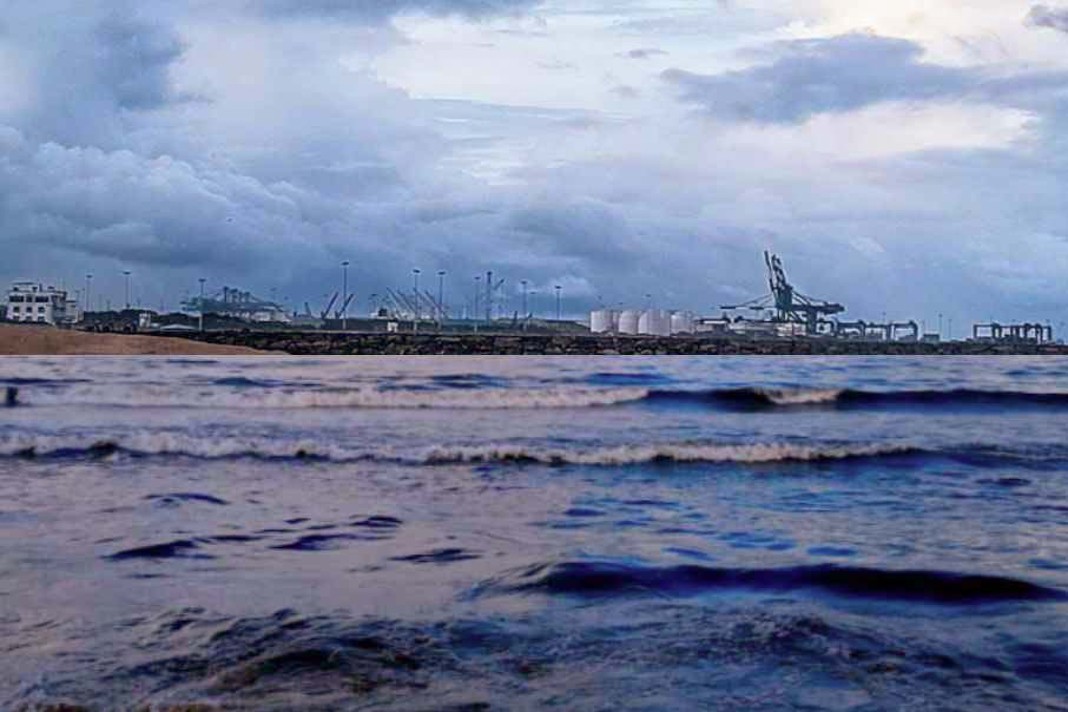- The maritime industry is grappling with soaring shipping costs following a series of missile and drone attacks by Houthi militants in the Red Sea.
- Shipowners face a dilemma: pay elevated insurance rates due to the heightened risk or opt for the longer route around Africa, causing delays and increased fuel expenses.
- The attacks, occurring at a crucial trade chokepoint handling 12% of global trade, have led to disruptions, shutdowns at European auto plants, and concerns about rising consumer prices.
Navigating Challenges in the Red Sea
For the past two months, Houthi attacks in the Red Sea have forced tough decisions on shipowners. The Drewry World Container Index, a gauge of global shipping costs, has doubled due to disruptions and a shortage of shipping containers. Vessels transiting the Red Sea now require expensive war risk insurance, causing premiums to surge up to fiftyfold. Shipowners must weigh the financial impact and safety considerations as they navigate through this volatile region.
“We are not fair weather underwriters. We are there for our clients when things are at the most difficult,” said Munro Anderson, head of operations at Vessel Protect, a marine war risk insurance firm.
Impact on Shipping Routes and Costs
Most container ships are opting for the longer route around Africa to avoid the Red Sea, resulting in increased fuel costs and extended travel times. The U.S.-led naval task force has provided limited relief, and insurers are emphasizing precautions, including declarations of no connection to certain countries. The shipping industry faces escalating expenses and logistical challenges, with uncertainty about when normalcy will return.
Economic Ramifications and Consumer Prices
Rising shipping costs could lead to potential economic ramifications, affecting industries and consumer prices. While some companies continue to use the Suez Canal, others are opting for the longer journey. Weak consumer demand in Europe may pressure businesses to absorb extra shipping costs rather than passing them on to consumers. The global surplus of ships and containers, a result of post-2022 logistics planning, is providing temporary relief but contributing to increased freight costs.
As the situation unfolds, industry experts anticipate a prolonged period of disruptions and heightened shipping expenses, emphasizing the need for resilient strategies and vigilance in the face of evolving challenges.
Did you subscribe to our daily Newsletter?
It’s Free! Click here to Subscribe
Source: NY Times























